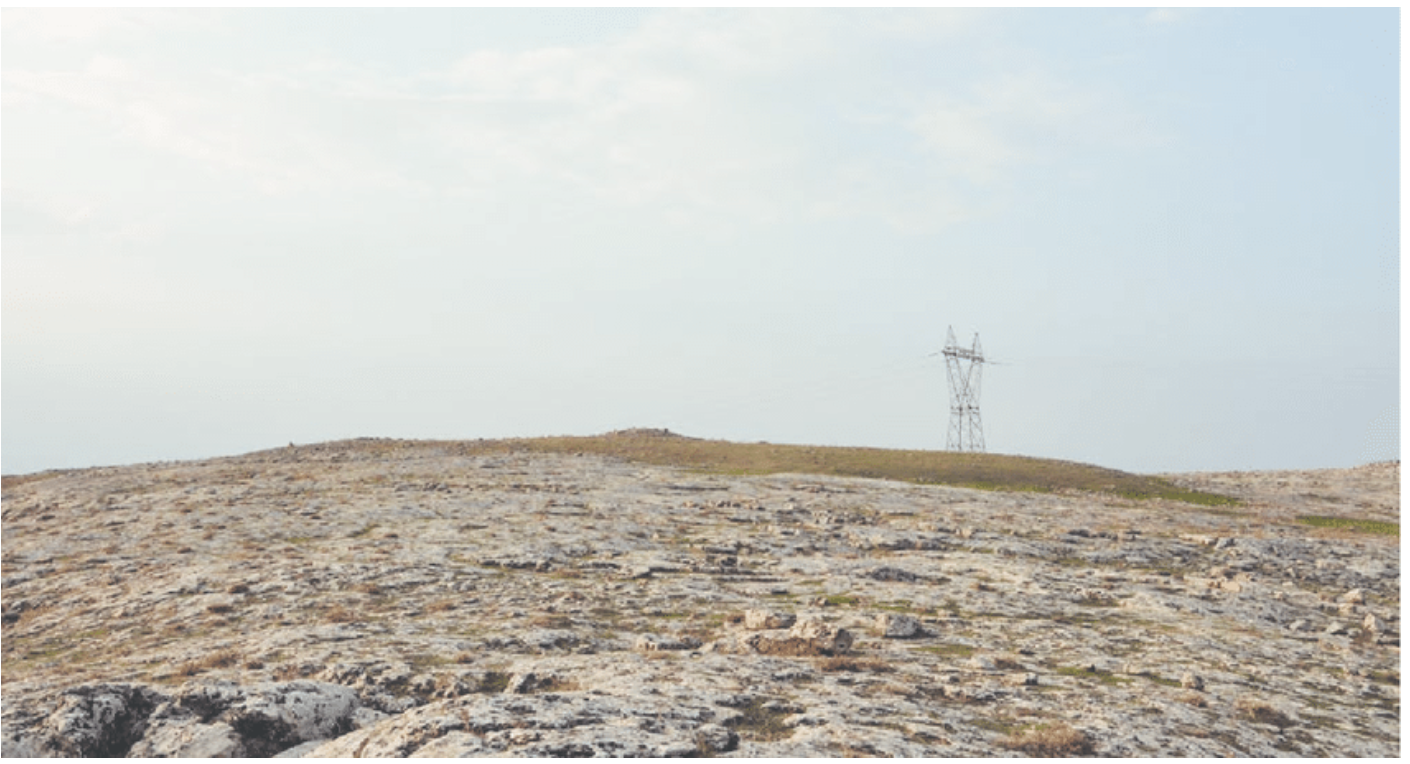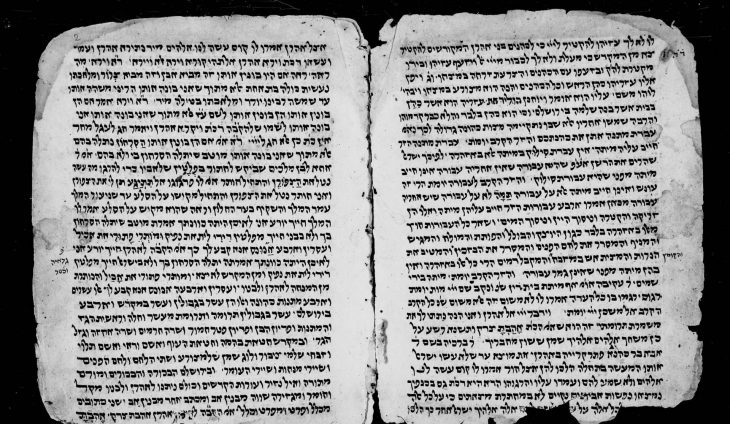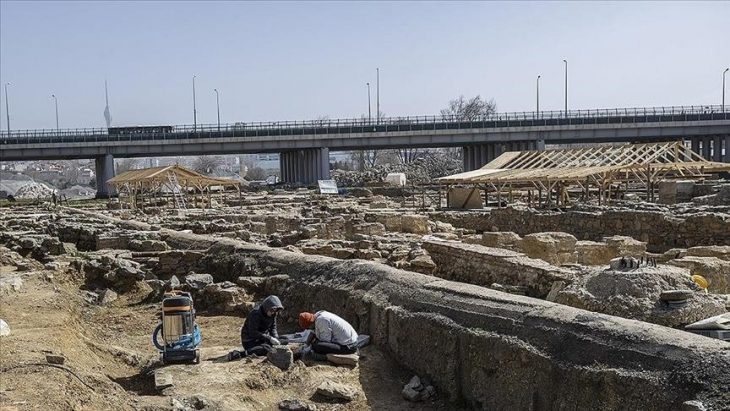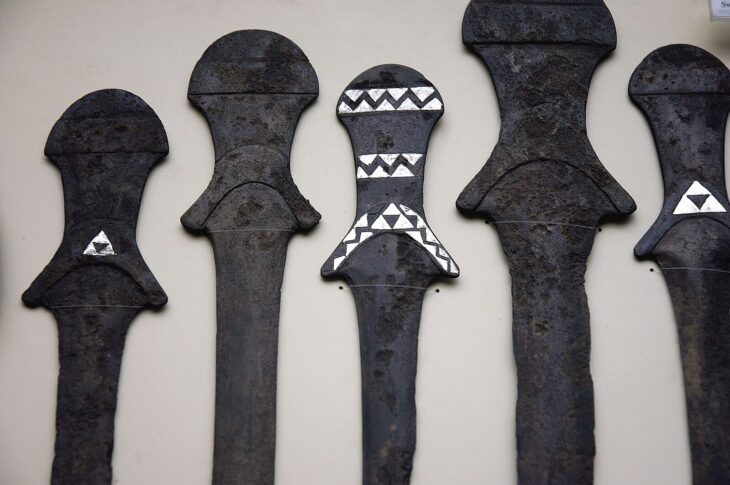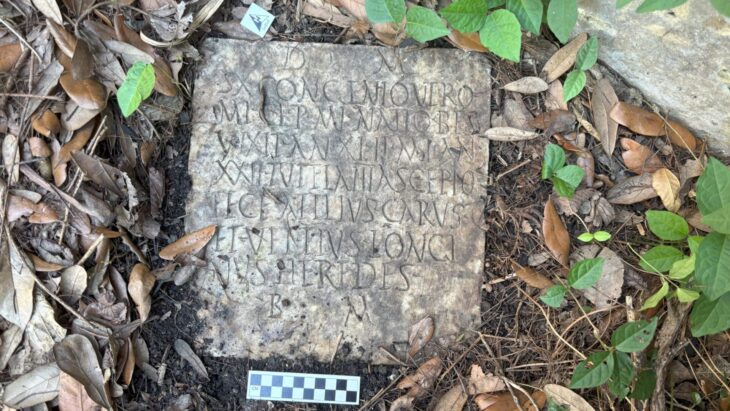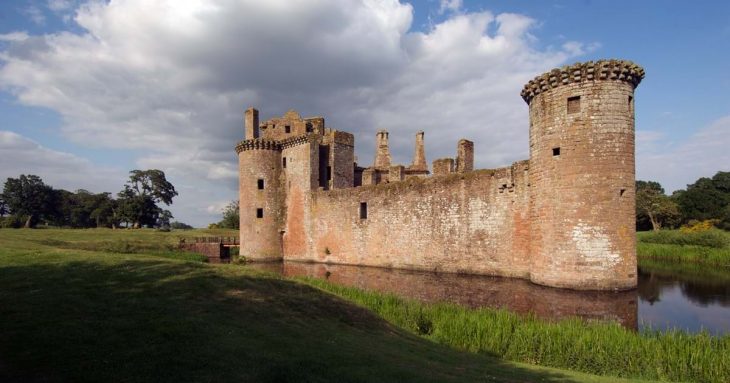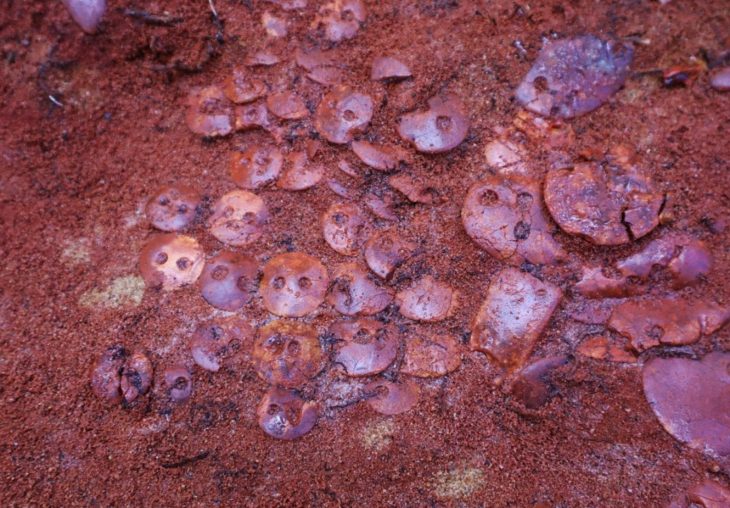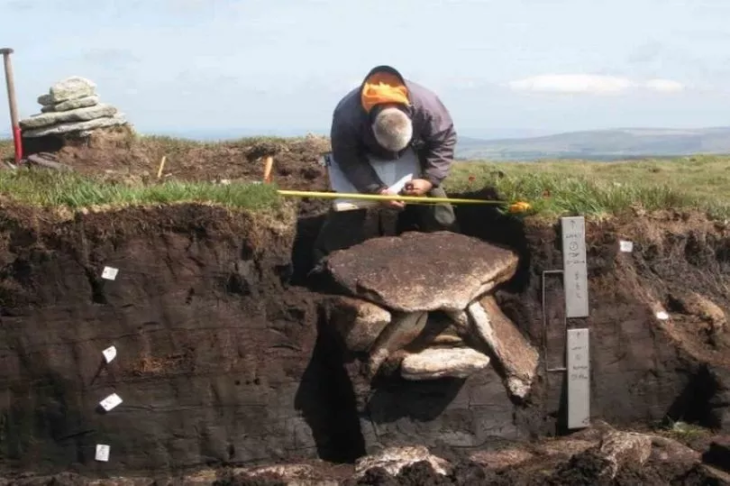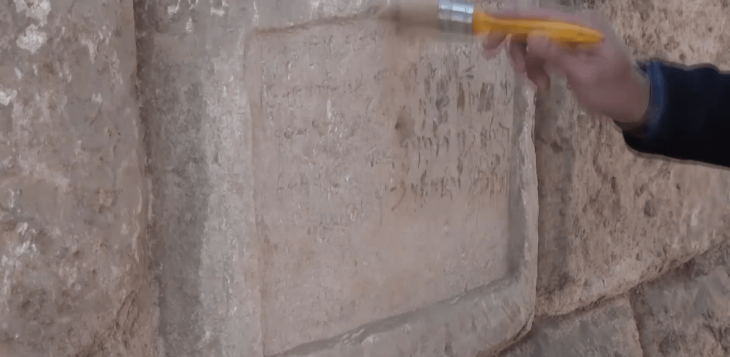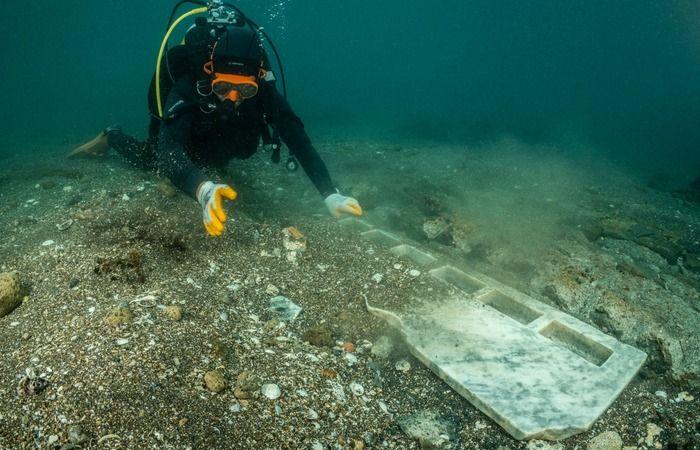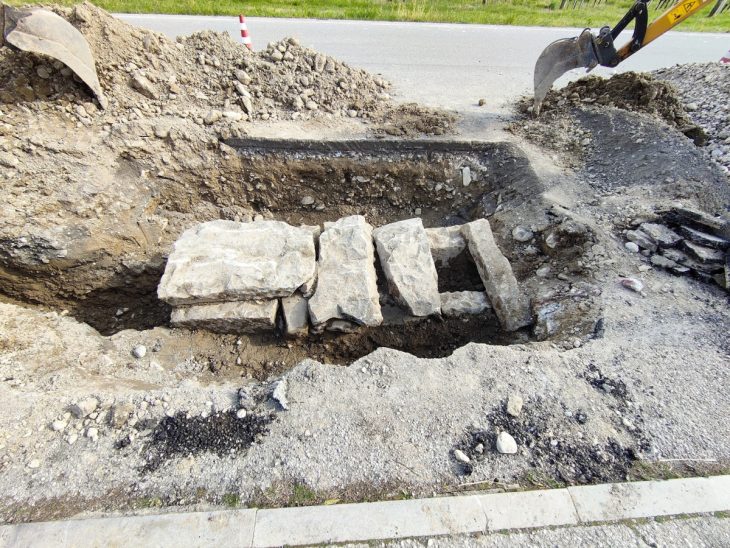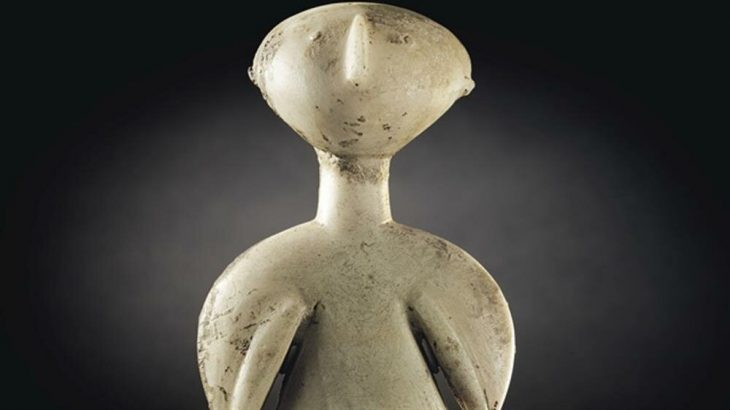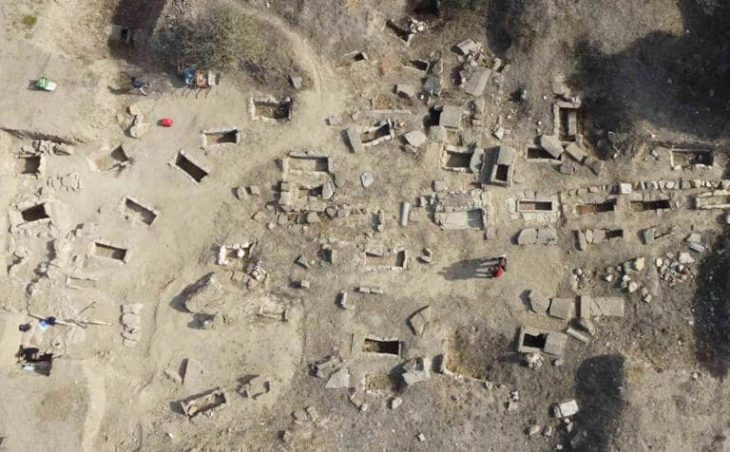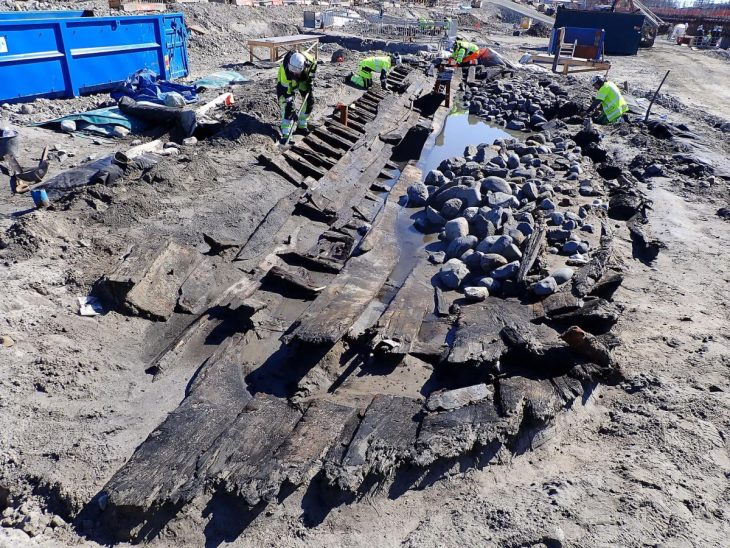In the arid plains of southeastern Anatolia, a quiet giant slumbers. While Göbekli Tepe has dazzled archaeologists and the global public alike as the world’s earliest known temple complex, a lesser-known site within the Taş Tepeler archaeological zone is beginning to attract the curiosity of scholars: Kurt Tepesi. Long overshadowed by its more famous neighbors, Kurt Tepesi is now emerging as a crucial piece in the complex puzzle of early Neolithic society.
Located within the Şanlıurfa province of Türkiye, Kurt Tepesi forms part of the ambitious Taş Tepeler Project, a network of twelve archaeological mounds that challenge the traditional narrative of civilization’s dawn. This collective of sites — including Karahan Tepe, Sayburç, Sefer Tepe, and Harbetsuvan — is revealing that monumental architecture, social organization, and symbolic behavior flourished in the Fertile Crescent far earlier than previously believed.
Yet among these names, Kurt Tepesi has remained strangely quiet in both media and academic circles. This is not due to a lack of potential. On the contrary, Kurt Tepesi may offer a rare window into a transitional phase of Neolithic life — one that bridges the gap between mobile forager societies and settled, symbolically complex communities.
A Forgotten Monument?
Preliminary surveys and excavation data suggest that Kurt Tepe is not merely a secondary site, but a location marked by intentional construction, spatial planning, and potentially ceremonial use. According to findings reported in recent archaeological fieldwork carried out under the Taş Tepeler research initiative, the site includes subterranean enclosures, stone tools, and T-shaped pillars—though fewer than those found at Göbekli Tepe—indicating a shared architectural and symbolic vocabulary across the region. These elements are consistent with characteristics of the Pre-Pottery Neolithic period, dating back to approximately 9500–8000 BCE.
Kurt Tepesi was first identified in 2013 during systematic surveys in the Şanlıurfa region. It is located approximately 47 kilometers east of Şanlıurfa city center and 3 kilometers south of the village of Sumaklı, at an altitude of 730 meters above sea level. Locally known as Kuça Gura, the site is strategically positioned on a ridge formed by high calcareous plateaus, overlooking the Çoban Creek Pass — a vital corridor connecting the Harran Plain with the Viranşehir region. The mound itself is modest in scale, spanning roughly 7 decades.
📣 Our WhatsApp channel is now LIVE! Stay up-to-date with the latest news and updates, just click here to follow us on WhatsApp and never miss a thing!!
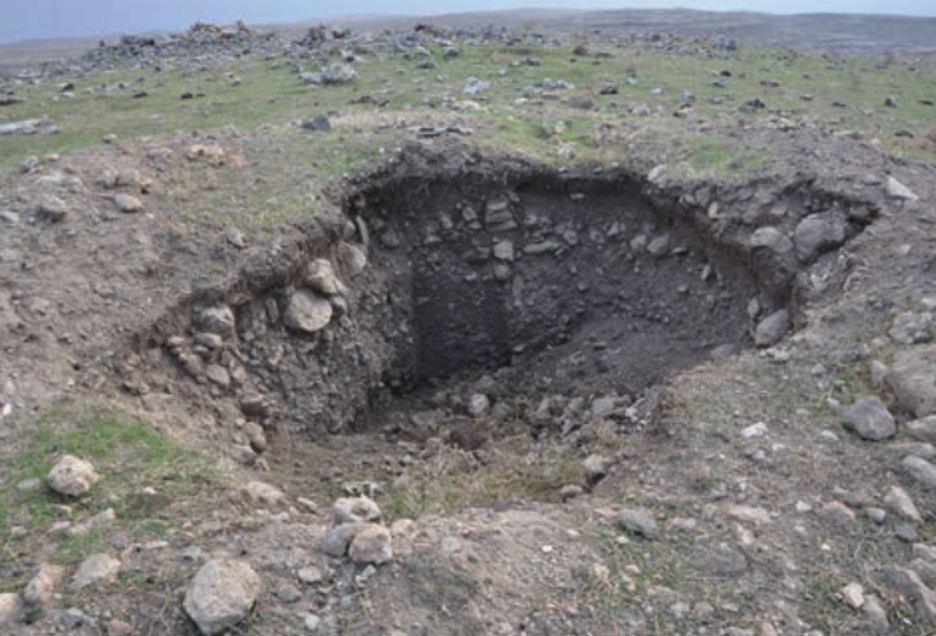
Illegal excavations have damaged the western section of the mound, and a high-voltage transmission pole now stands at its northern edge — testaments to the vulnerability of even the most archaeologically rich locations. Surrounding the mound are small rock-cut cavities, a pool carved into the limestone bedrock, and quarries that are believed to have provided the raw material for the site’s monolithic architecture. One “T”-shaped pillar, associated with the Pre-Pottery Neolithic phase, was unearthed from an illicit excavation pit and showed no ceramic presence, reinforcing its early Neolithic context. Two additional pillars, presumably originating from Kurt Tepesi, were later discovered in Kösecik village, approximately six kilometers to the southeast.
These pillars measure around 2.5 meters in length and 50–70 centimeters in width, with a consistent thickness of about 25 centimeters. One is adorned with a broad, tie-shaped groove and a single-strip chevron motif—carved into a scalped side panel—elements that distinguish it from the more well-documented pillars at Göbekli Tepe or Nevali Çori. The other pillar remains unadorned. Such variations suggest that while Kurt Tepesi participated in the broader symbolic and architectural culture of the region, it also developed localized expressions of ritual and belief.
But what distinguishes Kurt Tepesi is its stratigraphic complexity. Unlike some of the more ceremonial-only sites, Kurt Tepesi exhibits signs of continuous occupation, possibly serving as both a domestic hub and a spiritual center. Pottery fragments, flint tools, and grinding stones suggest daily life alongside symbolic structures — a hybrid nature that is still being decoded.
This duality—where sacred and secular coexisted—offers profound insight into the mindset of early Neolithic communities. Rather than separating daily survival from spiritual expression, the inhabitants of Kurt Tepesi may have viewed both as interwoven elements of the same existence. The grinding of grain and the carving of symbols could have occurred side by side, perhaps even in the same spaces. This suggests not just architectural hybridity, but a cognitive hybridity—a worldview where the divine was embedded in the routines of life, and where communal identity was shaped through both sustenance and ceremony.
Were these spaces homes, shrines, or something entirely different? Perhaps they were all of these things. Or maybe none at all.
Who can truly know?
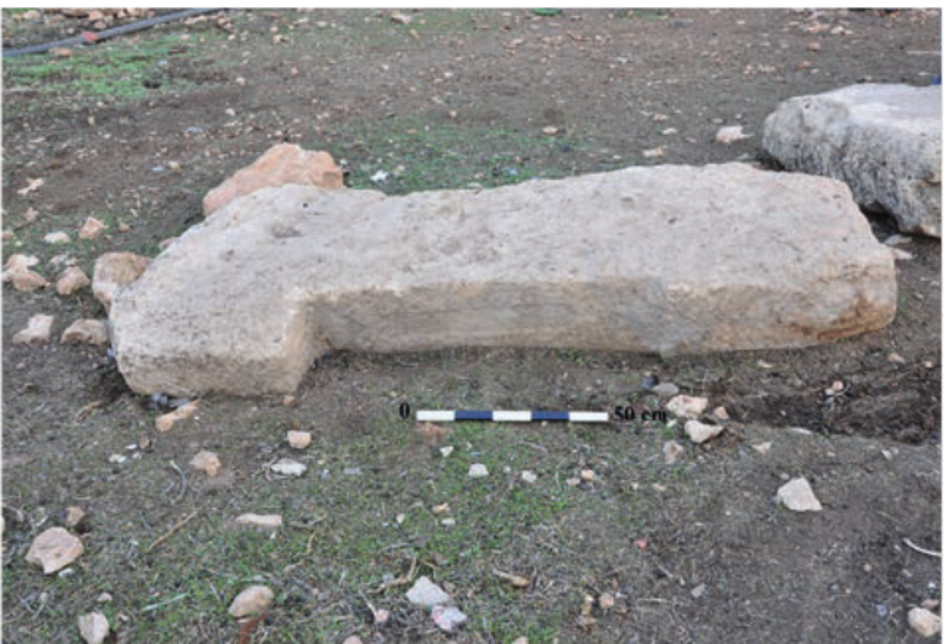
Cultural Significance Within Taş Tepeler
Kurt Tepesi’s location and artifacts suggest it was not isolated but interconnected with other Taş Tepeler sites. Its position relative to the Euphrates River and proximity to fertile lowlands hints at its strategic role within early human networks. Scholars believe that such sites may have functioned as gathering points, where seasonal congregations took place for rituals, feasting, or exchanges.
There is also a growing theory among archaeologists that Kurt Tepesi, with its unique architectural patterns, may hold clues to regional variations in symbolic systems. Carvings and posthole layouts that differ from Göbekli Tepe or Karahan Tepe suggest localized traditions and a diversity of worldviews in early human spirituality. As excavation efforts increase, these patterns will help map how early belief systems evolved, and how space, death, memory, and cosmos were conceptualized by Neolithic communities.
Why Kurt Tepesi Matters Now
In an era where much attention is focused on star sites, Kurt Tepesi reminds us that the periphery often hides the most profound stories. It is a microcosm of early humanity’s shift — from wandering bands to communities who built stone sanctuaries and pondered existence through ritual and art. Its role in the broader Taş Tepeler complex underscores the idea that civilization did not begin with one genius site, but through a constellation of interconnected human experiences across Anatolia.
The Taş Tepeler Project, backed by the Turkish Ministry of Culture and Tourism and various academic institutions, is expected to further investigate Kurt Tepesi over the next decade. As excavation layers are peeled back, what we discover may challenge what we thought we knew about the Neolithic mind.
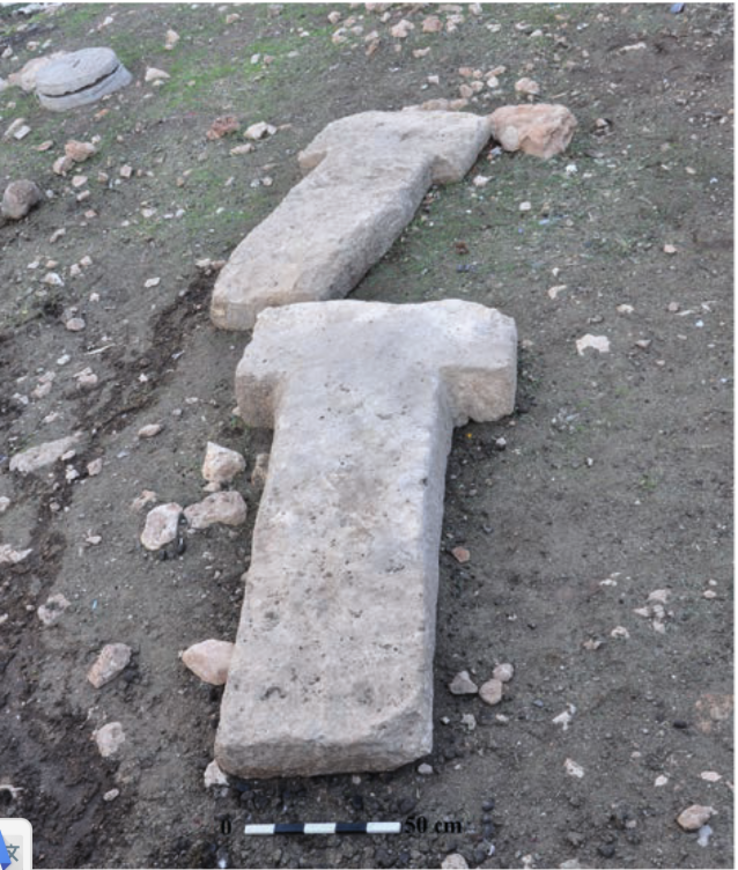
Kurt Tepesi may have been silent for millennia, but today, it is beginning to speak — and its voice may reshape our understanding of the human journey.
B. ÇELİK. Differences and similarities between the settlements in the Şanlıurfa region where “T” shaped pillars are discovered. Türkiye Bilimler Akademisi Arkeoloji Dergisi, (17), https://doi.org/10.22520/tubaar.2014.0001
B. ÇELİK And H. TOSYAGÜLÜ ÇELİK, , 2023, “KURT TEPESİ ÇEVRESİNDEKİ YERLEŞİMLER VE AVLAKLAR,” Karadeniz Uluslararası Bilimsel Dergi , vol.1, no.59, pp.183-192, https://doi.org/10.17498/kdeniz.1329312
Cover Image Credit: Prof. Dr. Bahattin Çelik

